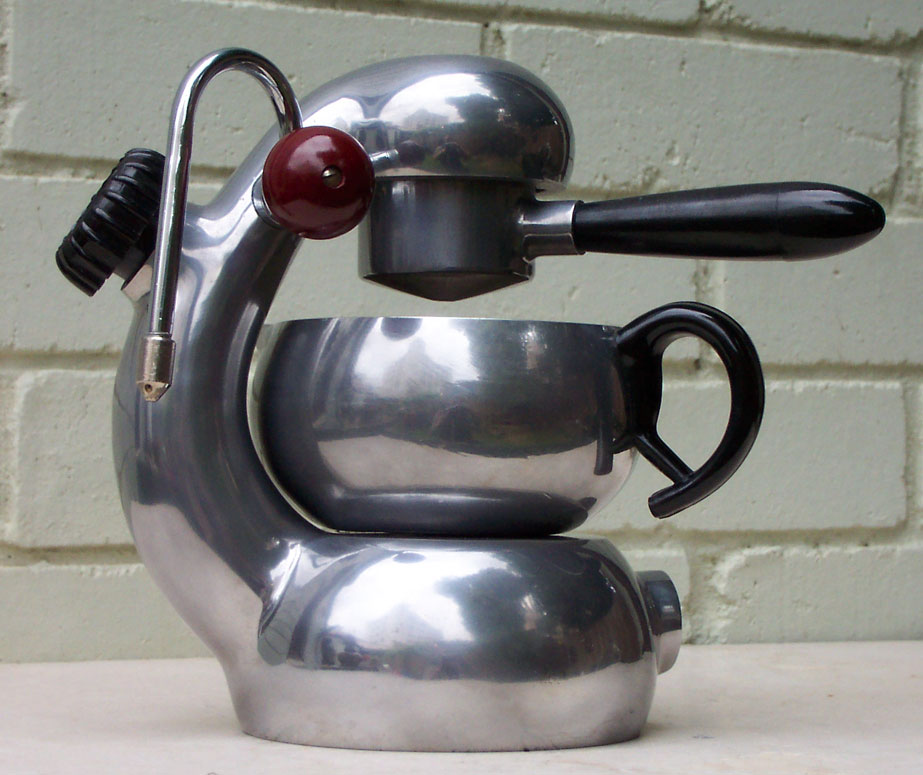So you've made up your mind to run an ultra-marathon. For whatever reason it seams like a good idea. I'm really not sure why I want to put in the hours of training and push my body seemingly beyond some yet unknown physical, emotional and perhaps spiritual limit. Maybe it just to see what exists past that point of exhaustion and find out how I deal with it, to see if I can or for the pure experience. But maybe there's no need to know or even have a reason. I think it's it enough just to feel the powerful attraction and go for it.
Of course there's a whole practical aspect to an ultra - the training, nutrition, recovery, mental preparation. But there's another side to it that many don't discuss - the run-life balance. If you really want to have a positive experience and don't want running to become the enemy in your relationships, you need a strategy minimise the time impact and allow you family to enjoy the positive benefits of you life-style choice. If your partner is a runner, it makes things easier, but for many of us that's not the case.
If your starting with a 50 km ultra, as I am, training time demand at least 50 km (30 miles) per week, preferably up to 80 km (50 miles) plus 2 hour of cross/strength training. That's around 6.5 to 9 hours a week at my 5:15 min/km pace. That's not a crazy amount of time, but it is time away from you family. So what I do is to look a what "wasted" time in the day I can replace training time.
Commuting
Almost every-one needs to commute to work daily. My commute takes about 1 hour each way in peak traffic. That a free 2 hours a day to use for training. My run to work is 12 km which also takes me, yes, 1 hour! Add 15 minutes to shower and effectively I've spent no time to training but added 12 km. I don't run back because I find I risk injury by running twice a day. Instead I do 2 hour run once a week and a long run on the weekend.
Lunch Break Runs
Many people use their lunch break. Personally I like to run early in the day when its cooler.
TV
The average American watches almost 5 hours of TV per day. I'm sure you don't but man, TV is such a curse. It really represents the modern persons desire to be fed with junk, junk TV and junk food, and take no responsibility for their health, mental and spiritual well being. Just choose 1 program a day to watch and get a PVR or watch on demand, so that you can set your own schedule. Then go to be bed earlier and use the bonus time to run more in the morning.
Recovery Walks
I find that walking is one of the best ways to recover. It flushes the lactic acid and help prevent connective tissue stiffness (I'm writing more about recovery in a later post). My wife walks often, so it's a great way to spend time together doing something that she enjoys.
 Now, let me just let the cat out the bag... this is my favourite running shoe for anything up to a half marathon. I'm a forefoot striker, so high-heeled running shoes are crazily annoying. My criteria in order of importance are zero drop, some cushioning, wide toe box, narrow heel and mid-foot. This leaves surprisingly few shoes and the Bare Access fits the spec perfectly. For longer runs, Merrell has now released the Bare Access Ultra model with extra cushioning.
Now, let me just let the cat out the bag... this is my favourite running shoe for anything up to a half marathon. I'm a forefoot striker, so high-heeled running shoes are crazily annoying. My criteria in order of importance are zero drop, some cushioning, wide toe box, narrow heel and mid-foot. This leaves surprisingly few shoes and the Bare Access fits the spec perfectly. For longer runs, Merrell has now released the Bare Access Ultra model with extra cushioning. Now, let me just let the cat out the bag... this is my favourite running shoe for anything up to a half marathon. I'm a forefoot striker, so high-heeled running shoes are crazily annoying. My criteria in order of importance are zero drop, some cushioning, wide toe box, narrow heel and mid-foot. This leaves surprisingly few shoes and the Bare Access fits the spec perfectly. For longer runs, Merrell has now released the Bare Access Ultra model with extra cushioning.
Now, let me just let the cat out the bag... this is my favourite running shoe for anything up to a half marathon. I'm a forefoot striker, so high-heeled running shoes are crazily annoying. My criteria in order of importance are zero drop, some cushioning, wide toe box, narrow heel and mid-foot. This leaves surprisingly few shoes and the Bare Access fits the spec perfectly. For longer runs, Merrell has now released the Bare Access Ultra model with extra cushioning.


